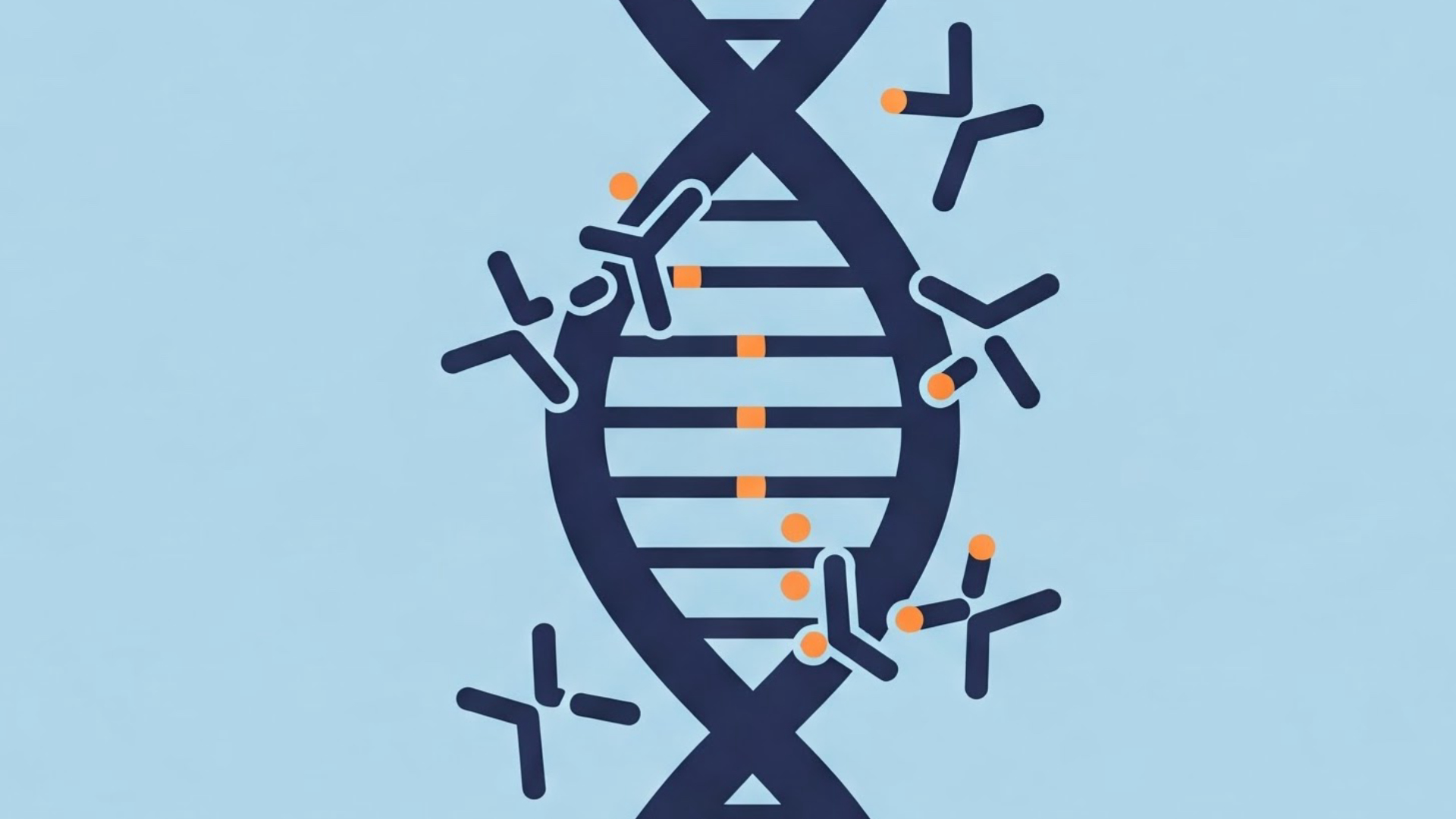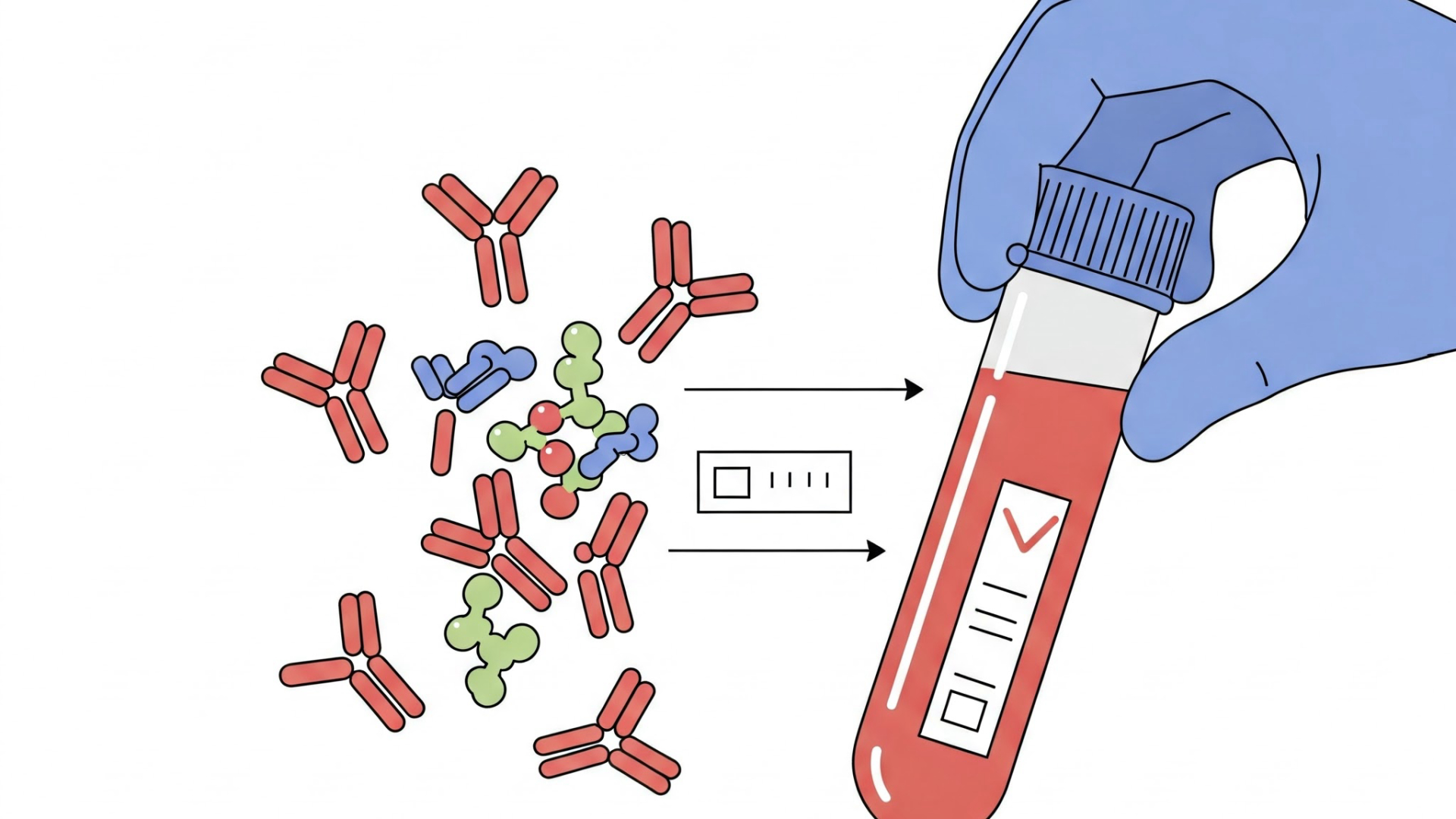How Does the Hardy-Weinberg Principle Calculate Allele and Genotype Frequencies in a Population?
Published on 01/15/2025 · 5 min readUnderstanding the genetic makeup of populations is crucial in biology. The Hardy-Weinberg principle provides a mathematical framework to determine allele and genotype frequencies. Let’s break down how this principle works.
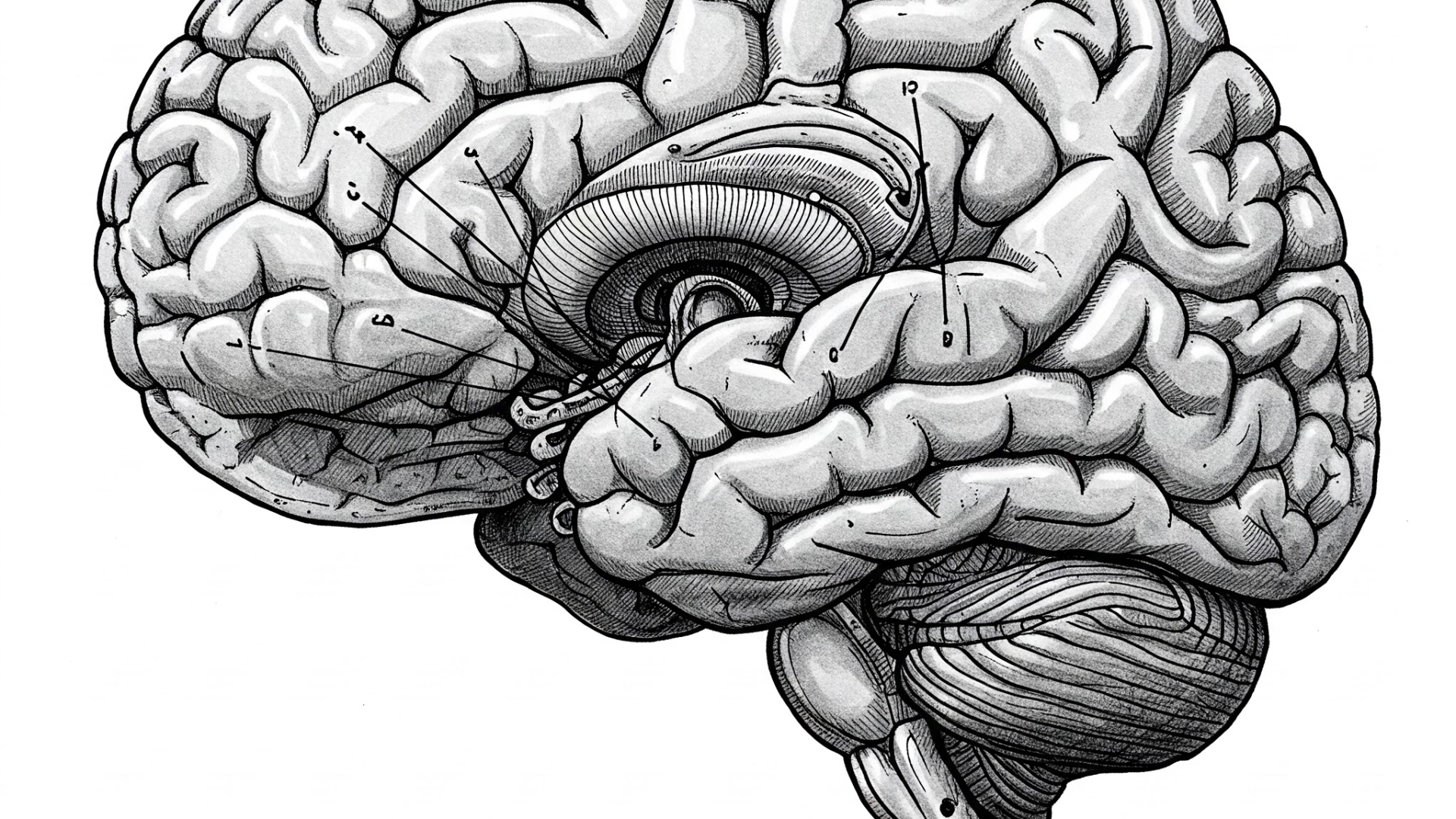
Table of Contents
Understanding the BasicsWhat Do These Variables Mean?Applying the Hardy-Weinberg EquationsFinding qFinding Genotype FrequenciesVerifying the ResultsReal-World ApplicationsExample: Cystic Fibrosis
Understanding the Basics
The Hardy-Weinberg principle states that allele and genotype frequencies in a population will remain constant from generation to generation in the absence of other evolutionary influences. These influences include:
- No mutations
- Random mating
- No gene flow
- Large population size
- No natural selection
The principle is expressed using two key equations:
- p + q = 1
- p2 + 2pq + q2 = 1
What Do These Variables Mean?
p: Frequency of the dominant allele
q: Frequency of the recessive allele
p2: Frequency of the homozygous dominant genotype
2pq: Frequency of the heterozygous genotype
q2: Frequency of the homozygous recessive genotype
Applying the Hardy-Weinberg Equations
Let’s illustrate with an example. Suppose the frequency of the dominant allele (p) in a population is 0.7 (or 70%). How do we find the other frequencies?
Finding q
Using the equation p + q = 1, we can find q:
q = 1 - p
q = 1 - 0.7
q = 0.3 (or 30%)
Finding Genotype Frequencies
Now, let's find the genotype frequencies:
p2 (homozygous dominant): 0.7 * 0.7 = 0.49 (or 49%)
2pq (heterozygous): 2 * 0.7 * 0.3 = 0.42 (or 42%)
q2 (homozygous recessive): 0.3 * 0.3 = 0.09 (or 9%)
Verifying the Results
To verify, we ensure that p2 + 2pq + q2 = 1:
0.49 + 0.42 + 0.09 = 1
Real-World Applications
The Hardy-Weinberg principle is vital in fields such as:
- Population genetics: Studying genetic variations.
- Medical genetics: Calculating carrier frequencies for genetic diseases.
- Evolutionary biology: Understanding how populations evolve.
Example: Cystic Fibrosis
Consider an autosomal recessive disease like cystic fibrosis. If the carrier rate (2pq) is 1 in 25, we can calculate the prevalence of the disease (q2). For more detail, refer to resources on cystic fibrosis genetics (Source: NCBI Bookshelf).
The Hardy-Weinberg principle provides a foundational tool for understanding genetic frequencies in populations. By using simple equations, we can deduce allele and genotype frequencies, offering insights into population genetics and disease prevalence.
Shop related blood tests
Read next
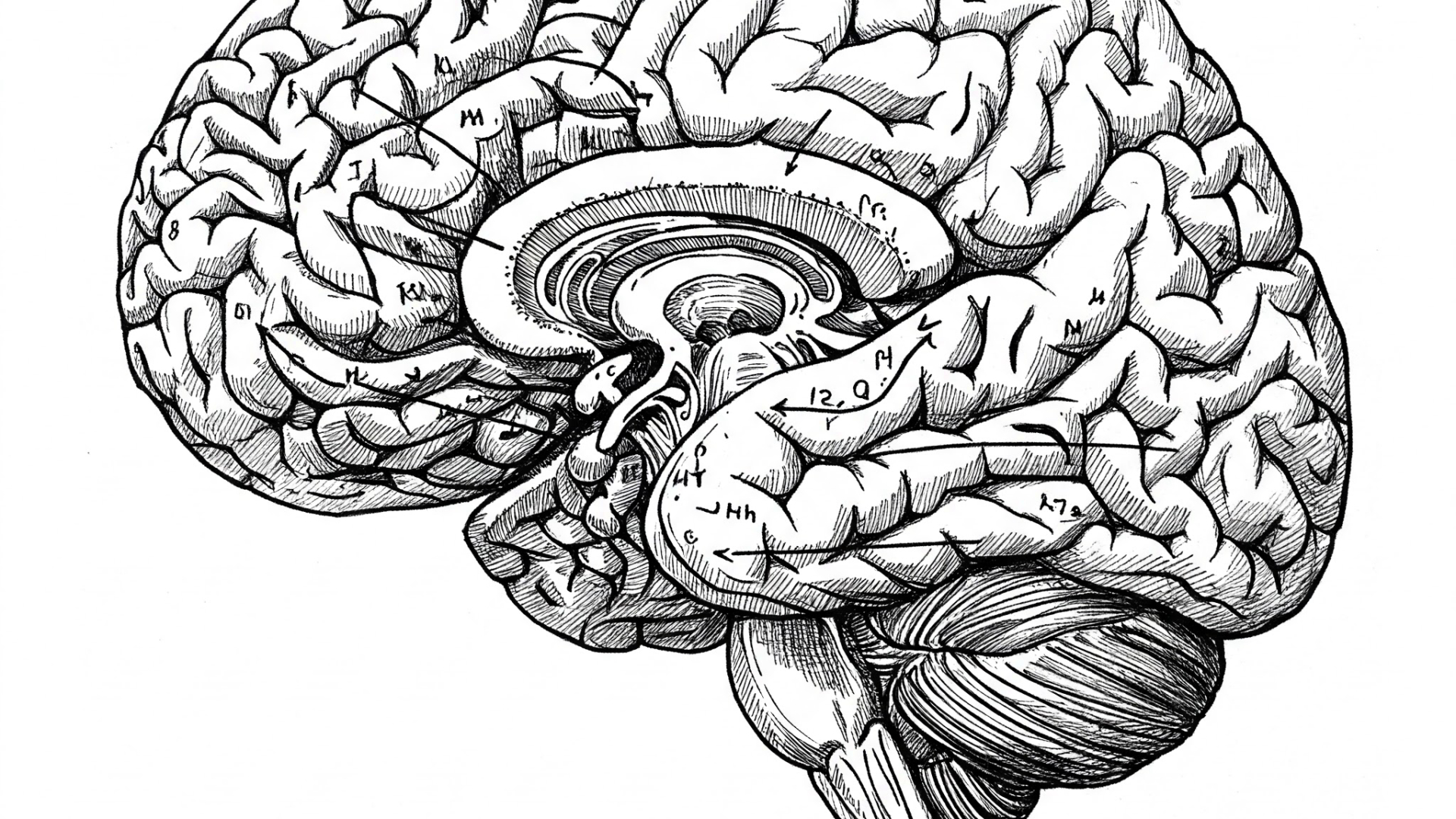 Written on 01/22/2025
Written on 01/22/2025Parkinson's and Huntington's Disease: How Do Dopamine and GABA Imbalances Affect Movement?
Understanding neurological disorders like Parkinson's and Huntington's disease requires delving into the complex world of neurotransmitters. These diseases, while both impacting movement, stem from distinct imbalances in brain chemistry. Read more
 Written on 01/08/2025
Written on 01/08/2025Streptococcus Pneumoniae: How Do You Diagnose and Treat This Bacterial Infection?
Streptococcus pneumoniae is a common yet potentially serious bacterial pathogen. Understanding its diagnosis and treatment is crucial for effective patient care. This blog post will delve into the key aspects of identifying and managing Streptococcus pneumoniae infections. Read more
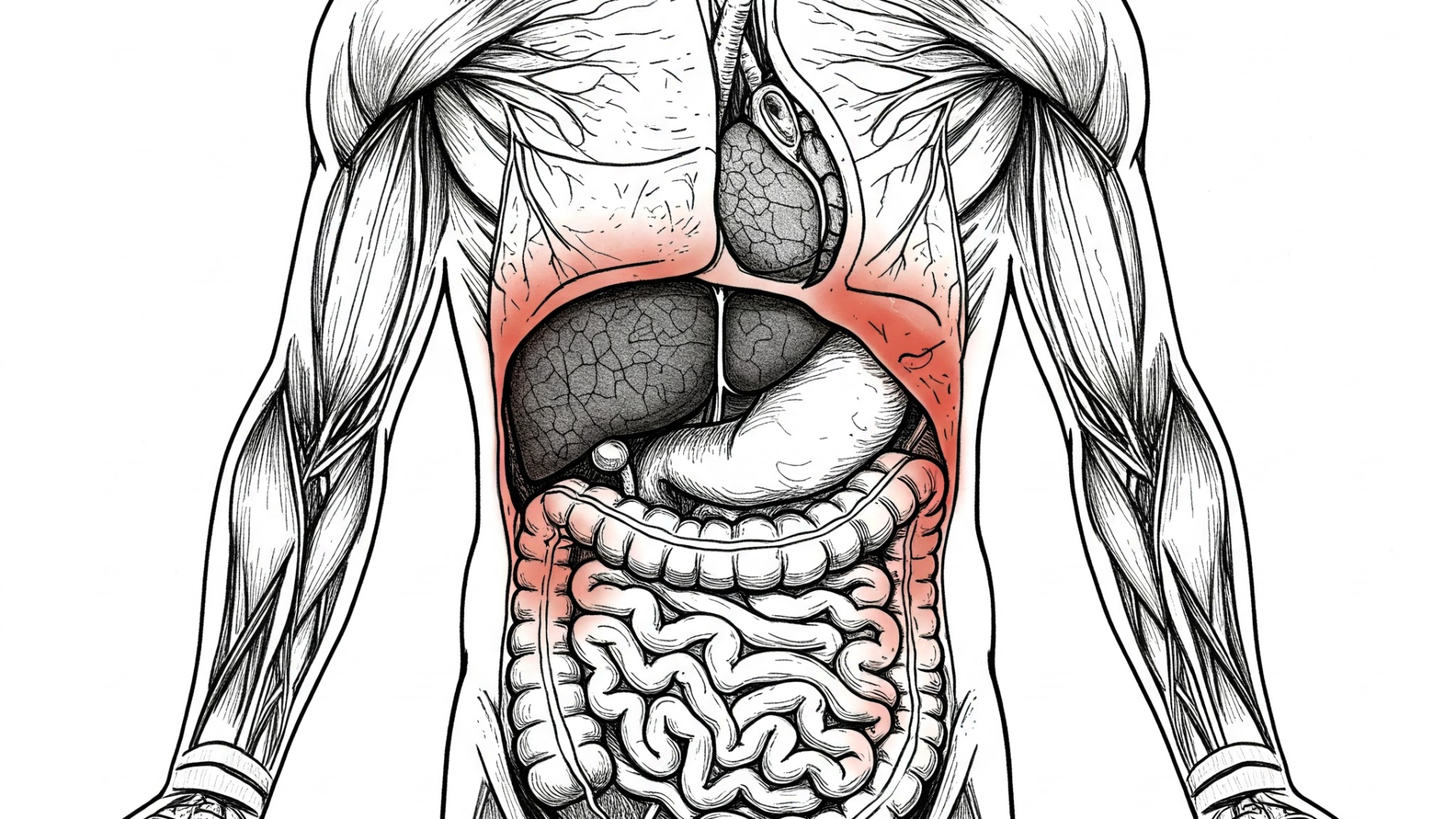 Written on 03/04/2025
Written on 03/04/2025What Is Niacin, What Are Its Functions, What Happens in Deficiency, and How Is It Treated?
Niacin, also known as vitamin B3, nicotinic acid, or nicotinamide, is an essential water-soluble vitamin with a fascinating dual role in the human body. At lower doses, it acts as a crucial vitamin, while at higher doses, it exhibits properties that make it an effective treatment for hyperlipidemia (high cholesterol). Read more
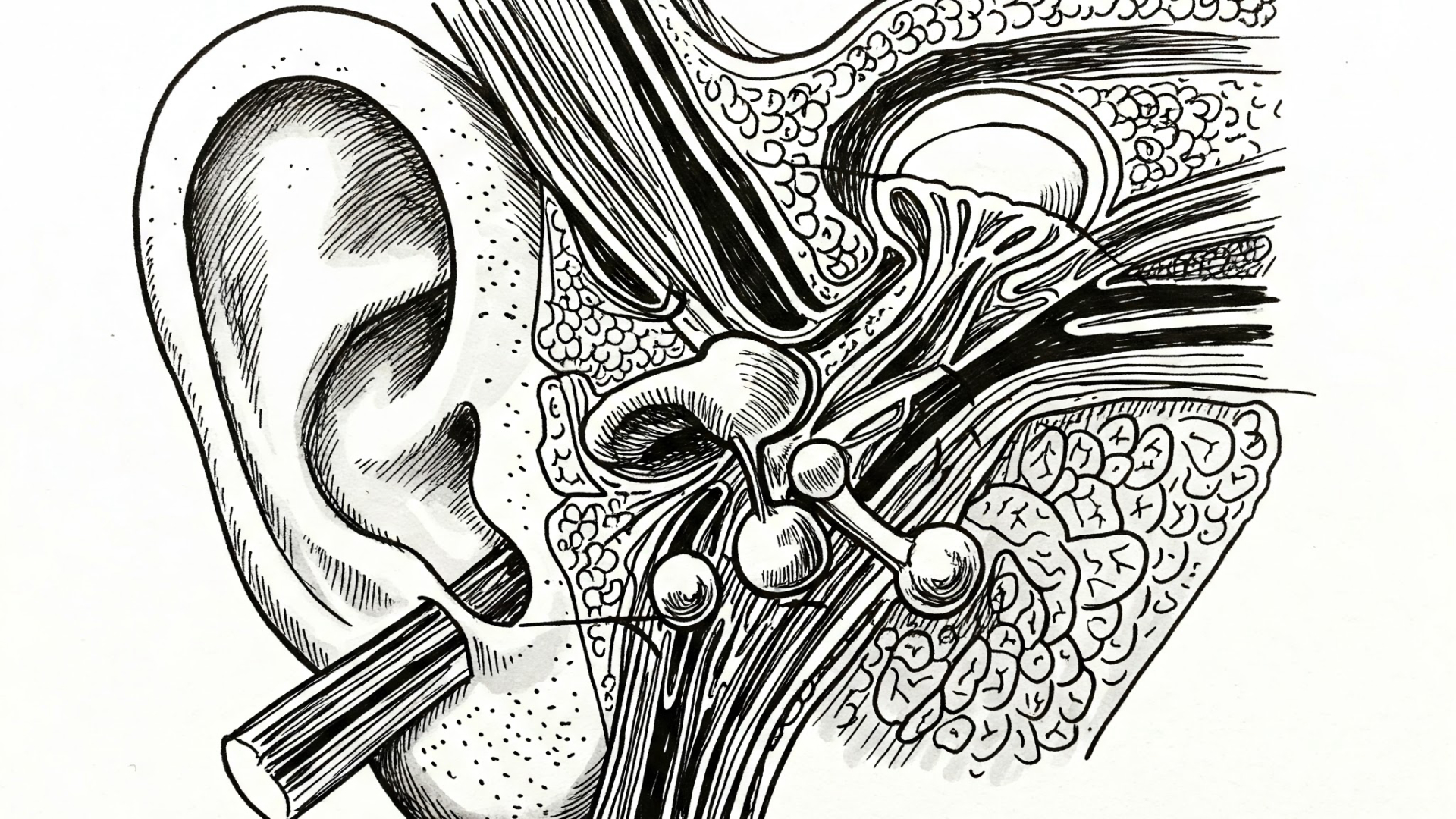 Written on 02/23/2025
Written on 02/23/2025External and Middle Ear Anatomy: How Do Structure and Function Impact Hearing and Common Ear Conditions?
Understanding the anatomy of the external and middle ear is crucial for comprehending how we hear and why certain ear conditions develop. This blog post delves into the key structures and their functions, highlighting common issues like swimmer's ear and eardrum perforation. Read more


